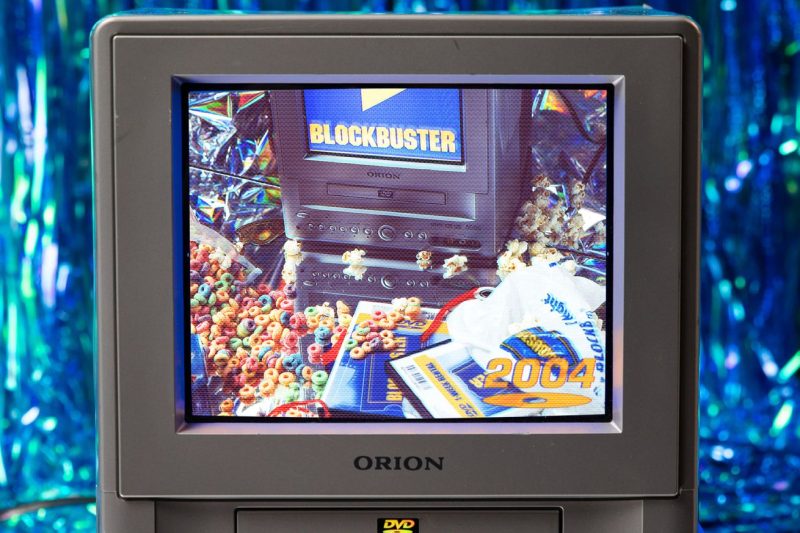In the past, movie nights consisted of a trip to the local Blockbuster store to browse the shelves lined with countless DVDs and VHS tapes. These stores were a fundamental part of the entertainment industry and a beloved destination for many families and movie enthusiasts.
Blockbuster was a pioneer in the movie rental industry, offering customers the convenience of renting movies for a specified period. The store’s layout was carefully designed to cater to various genres and provide customers with a wide selection of films to choose from. Walking through the aisles, customers could discover new releases, classic films, and hidden gems, creating a sense of excitement and anticipation.
One of the key aspects of Blockbuster’s success was its late fees policy. While the prospect of accumulating late fees could be daunting for some, it also encouraged customers to return their rentals promptly, ensuring a continuous flow of new releases for others to enjoy. This policy added a level of responsibility and punctuality to the movie rental experience, emphasizing the importance of adhering to deadlines.
The concept of browsing physical copies of movies may seem antiquated in today’s digital age, where streaming services offer instant access to a vast library of films at the touch of a button. However, there was a certain charm in the tactile experience of selecting a movie from the shelves, holding the physical disc in hand, and reading the synopsis on the back cover. It allowed customers to engage more actively with the selection process and discover films they might have otherwise overlooked.
Moreover, Blockbuster stores served as a social hub where families and friends could bond over their shared love of movies. The experience of picking out a movie together, grabbing some popcorn, and settling in for a movie night was a cherished tradition for many. It provided a sense of community and connection that is increasingly rare in today’s individualized and digital-centric society.
Despite its popularity and widespread presence, Blockbuster faced challenges with the rise of online streaming services and the shift towards digital media consumption. The convenience and accessibility of streaming platforms ultimately led to the decline of brick-and-mortar rental stores, including Blockbuster. The closure of many Blockbuster locations marked the end of an era in the entertainment industry and left a void in the hearts of many nostalgic movie-goers.
In conclusion, Blockbuster was more than just a rental store; it was a cultural phenomenon that brought people together and shaped the way we experienced movies. While the era of physical movie rentals may have come to an end, the memories and traditions associated with Blockbuster will continue to hold a special place in the hearts of those who frequented its stores. It remains a symbol of a bygone era, a time when movie nights were a cherished ritual and the anticipation of discovering a new film was an unforgettable experience.




























